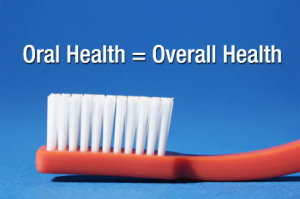 Once you have braces, it is important that you know the best way to take care of your teeth, in order to ensure that your braces stay intact and do their job, so that your teeth are in top-notch condition after you complete your orthodontic treatment. In this post, Dr. Horner thought you would benefit from a few tips to help ensure your successful orthodontic treatment at Horner Barrow Orthodontics.
Once you have braces, it is important that you know the best way to take care of your teeth, in order to ensure that your braces stay intact and do their job, so that your teeth are in top-notch condition after you complete your orthodontic treatment. In this post, Dr. Horner thought you would benefit from a few tips to help ensure your successful orthodontic treatment at Horner Barrow Orthodontics.
- Brushing
Teeth and appliances should be brushed after every meal and before bedtime using fluoride toothpaste and gentle, soft strokes. We recommend using an interdental toothbrush, which can help you clean the hard-to-reach areas under wires better than an ordinary toothbrush. - Flossing
Flossing twice a day or after every meal can help you clean areas between teeth and other places a toothbrush can miss. We also recommend using a floss threader, which can be used to help you navigate safely around your braces and brackets. It is vital to floss twice a day, preferably after lunch and before bedtime to keep gum disease and tooth decay at bay. - Eat Friendly Foods
When undergoing treatment, there are certain foods you must avoid. Foods that are hard, sticky, chewy or sour can add months to your treatment time. These includes gum, caramels, taco shells, nuts, ice, chips or hard candies.



 That said, orthodontic treatment may vary depending on your child’s individual situation. Minor tooth movement may only take a few months to correct, while serious malocclusion (poor bite) may need more than two years to correct. Dr. Horner and his staff will be able to provide you with an accurate assessment upon your initial orthodontic exam.
That said, orthodontic treatment may vary depending on your child’s individual situation. Minor tooth movement may only take a few months to correct, while serious malocclusion (poor bite) may need more than two years to correct. Dr. Horner and his staff will be able to provide you with an accurate assessment upon your initial orthodontic exam.
 Did you know that Orthodontic treatment (braces or Invisalign®) can improve your overall health? It can also improve one’s self-image of themselves, and lead to increased confidence and happiness.
Did you know that Orthodontic treatment (braces or Invisalign®) can improve your overall health? It can also improve one’s self-image of themselves, and lead to increased confidence and happiness.